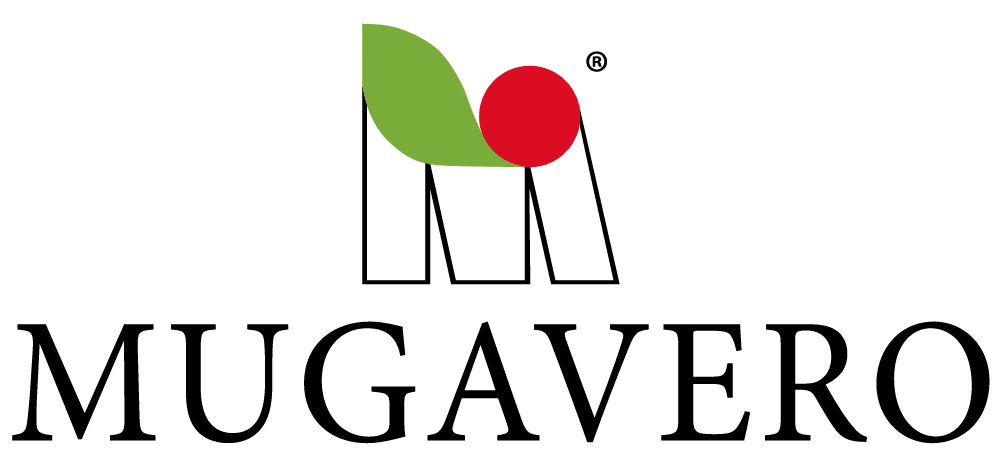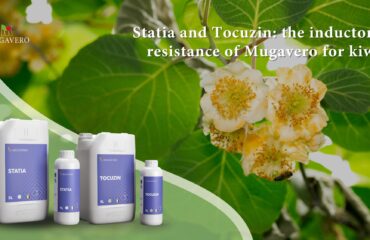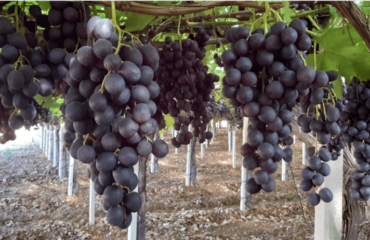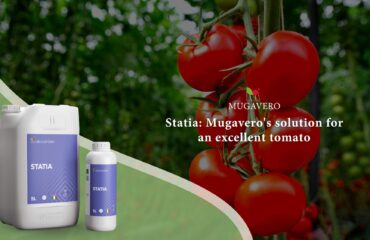
Concluding the kiwi harvest campaign does not mean completing one’s work, quite the opposite. A series of cultural interventions are necessary that the farmer must take into consideration. Among these, for example, those aimed at phytosanitary protection of the plant and the accumulation of reserve substances to ensure production in the following campaign stand out.
First of all, if summer meteoric events (such as excessive exposure to the sun) are responsible for hydration problems of the plant, on the other hand, we must not forget that autumn meteoric events (such as wind, rain and/or hail) also contribute to creating micro-lesions on semi-woody tissues not yet well lignified of the plant. In both cases, therefore, wounds are created on the kiwi plant which becomes a potential “preferential entrance” for fungal and bacterial infections.
Treatments for the kiwi plant
Before seeing what are the solutions proposed by Mugavero for the cultivation of kiwi, we must, first of all, remember that the characteristics of porosity and roughness of the kiwi wood, compared to that of other fruit crops, increase the susceptibility of the crop to abiotic agents, Furthermore, even the occurrence of nutritional imbalances due to excessively high fertilizations has repercussions on the integrity of the permanent organs of the plant and the maturation of the wood.
This is why, in the conventional management of the plant, we turn to cupric fungicide treatments with a healing and disinfectant action and with concentrations of copper and dosages per unit of surface in most of the times high. Which, however, do not always have positive repercussions on the vegetative development of the plant. So much so that even if they tend to harden the plant, they have no nutritional effect on it. The nutrition of the permanent and productive structures of the plant, immediately after harvest, is, on the other hand, a fundamental phase to complete the accumulation of reserve substances and promote pyroptosis.
Mugavero’s solutions for kiwi cultivation
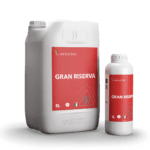 For the cultivation of kiwi and other deciduous fruit crops, Mugavero has foreseen the post-harvest application of the Gran Riserva. As it promotes pyroptosis and the subsequent entry into the dormancy of the buds. In addition, the lignosulfonates present in the Gran Riserva gives the product marked surfactant and sequestering properties concerning the microelements present (Zn and Mn) responsible, on the treated plant, for a better resistance to cold and defence against pathogens (fungi and bacteria) inhibiting its development.
For the cultivation of kiwi and other deciduous fruit crops, Mugavero has foreseen the post-harvest application of the Gran Riserva. As it promotes pyroptosis and the subsequent entry into the dormancy of the buds. In addition, the lignosulfonates present in the Gran Riserva gives the product marked surfactant and sequestering properties concerning the microelements present (Zn and Mn) responsible, on the treated plant, for a better resistance to cold and defence against pathogens (fungi and bacteria) inhibiting its development.
The kiwi plant treated with Gran Riserva has a better degree of lignification and significant swelling of the buds that can be appreciated with the naked eye even by a non-professional farmer. At the time of winter pruning, which consists in removing the shoots of the plant that was produced the previous year and shortening the shoots next year to bear fruit, the goodness of the lignification of the wood is appreciated.
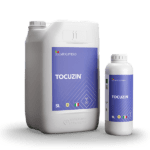 Mugavero also offers Tocuzin, to be applied in winter pruning and also in green pruning in April and June, immediately after setting. Containing Copper (Cu) and Zinc (Zn) with a low pH reaction, Tocuzin can be applied by foliar application and by fertigation and, thanks to the low molecular weight of the organic complex, it is assimilated by plant tissues within a few hours; this allows you to plan foliar interventions with serenity even in the presence of unstable weather. Finally, in addition to having a nutritional, fungicidal and bactericidal action on plant tissues, Tocuzin also has a stimulating and invigorating action on vegetation.
Mugavero also offers Tocuzin, to be applied in winter pruning and also in green pruning in April and June, immediately after setting. Containing Copper (Cu) and Zinc (Zn) with a low pH reaction, Tocuzin can be applied by foliar application and by fertigation and, thanks to the low molecular weight of the organic complex, it is assimilated by plant tissues within a few hours; this allows you to plan foliar interventions with serenity even in the presence of unstable weather. Finally, in addition to having a nutritional, fungicidal and bactericidal action on plant tissues, Tocuzin also has a stimulating and invigorating action on vegetation.
If this article on how to feed kiwi wood in the post-harvest was helpful to you, keep following us on our blog and our social channels: Facebook, Instagram, LinkedIn, YouTube

 Italiano
Italiano  English
English  Español
Español  Türkçe
Türkçe  Русский
Русский  العربية
العربية  Français
Français 